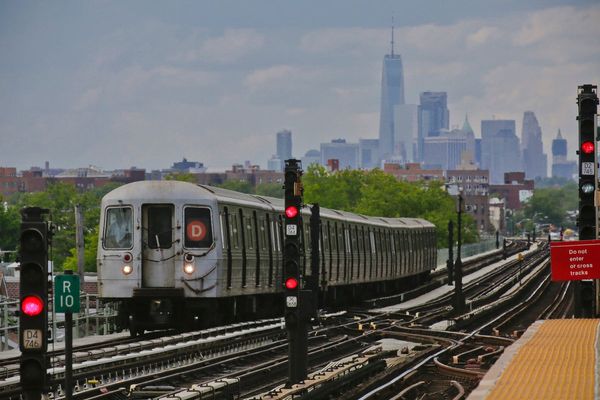
Britain could grow up to eight times its current production of fruit and vegetables if all available urban and under-used green space were turned to cultivation, new research has shown.
Only about 1% of urban green space is made up of allotments, but if gardens were used, along with parks, playing fields, watersides and other overlooked open spaces, the area would add up to enough to grow nearly 40% of the UK’s fresh fruit and vegetable consumption, most of which comes from overseas, according to the study.
While researchers were not seriously suggesting ploughing up parks and recreation areas, the first nationwide study of urban growing potential, by Lancaster University, demonstrated how much potential lies in areas that are often undervalued and overlooked. Using just a fraction of the nation’s scraps of urban green land for communal growing could provide a useful amount of fresh fruit and vegetables that would improve people’s diets, help vulnerable people and reduce carbon dioxide emissions.
Jess Davies, a professor of sustainability at Lancaster University and principal investigator of the study, said the UK had the potential for an urban agricultural revolution, by looking at ways to bring even a small amount of the available land into food production.
“The UK is really bad for not eating enough fresh fruit and vegetables, and this could make a real difference,” she said. “Even if you just put a small amount of it to use, you can boost fresh fruit and vegetable availability by a meaningful amount.”
This could have numerous benefits for people’s physical and mental health, from better nutrition but also from the exercise and time spent outdoors, and the satisfaction of producing healthy things to eat. Davies foresees other benefits, too, from giving people on low incomes access to cheap fresh food to learning new skills, and providing improved habitat for wildlife and pollinators.
At a time when allotment waiting lists around the country are vastly oversubscribed, looking afresh at neglected sites could bring new possibilities, according to Davies.
“This could be about communal activity – growing clubs, local societies, communal plots,” said Davies. “People engaged in growing have better diets, and healthier behaviours. Food growing is recreational, it counters loneliness and creates social cohesion.”
More than a third of the UK’s food in total, and much more in the case of fresh fruit and vegetables, comes from overseas, and as the pandemic and Brexit have shown, the import of food can be vulnerable to shocks. But British farmland is already under pressure, from intensive agriculture, urbanisation and the need for new homes, and biodiversity on farmland has fallen sharply, prompting calls for rewilding and less intensive farming practices.
“You don’t want to convert more land to agriculture, as that drives biodiversity loss and climate change,” said Davies. “But we have shown that you don’t need to: there is a lot of urban resource out there that is overlooked. We hope this research will spark conversations about the potential.”
Other studies have shown the potential for urban food production at a local level: a recent two-year pilot in Brighton, for instance, showed that urban plots can be as productive as conventional farms. The new study from Lancaster – which looked specifically at England, Scotland and Wales – is the first to take a nationwide view and establish the upper limit for how much urban green space in the UK could theoretically produce if turned to fruit and vegetable cultivation.
Davies said problems on some brownfield sites, of soil contamination or pollution, could be overcome by using raised beds and growing screens of trees or hedges to trap airborne pollution.
The researchers used Ordnance Survey master maps to identify urban green spaces, and estimated how much food they could produce using comparisons with UK agriculture. The paper, co-authored by scientists from Teagasc Ashtown Food Research Centre in Ireland, the University of Liverpool and Cranfield University, is published in the peer-review journal Environmental Research Letters.







